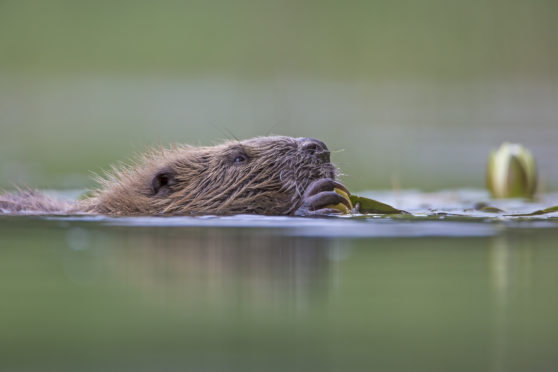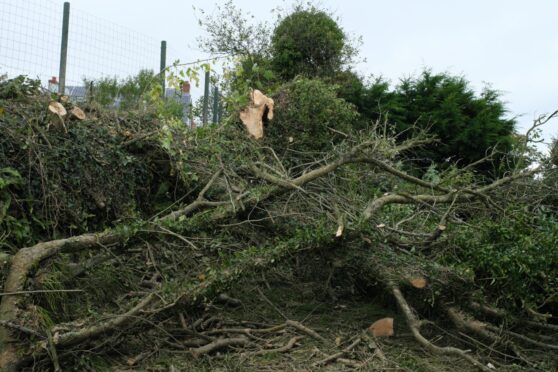Tayside beavers are helping to ease a biodiversity crisis that is threatening species across the country, scientists have claimed.
New research by Stirling University has found that the rodents, which were recently given protected status by the Scottish Government, have an important impact on the variety of plant and animal life in their locality.
A study by the Faculty of Natural Sciences found the number of species found in beaver-built ponds was 50% higher than other wetlands in the same region.
Dr Alan Law, who led the research alongside Professor Nigel Willby, said: “Beavers make ponds that, at first glance, are not much different from any other pond.
“However, we found that the biodiversity – predominately water plants and beetles – in beaver ponds are greater than and surprisingly different from that found in other wetlands in the same region.”
He said: “Our results also emphasise the importance of natural disturbance by big herbivores – in this case, tree felling, grazing and digging of canals by beavers – in creating habitat for species which otherwise tend to be lost.
“Reintroducing beavers where they were once native should benefit wider biodiversity and should be seen as an important and bold step towards solving the freshwater biodiversity crisis.”
The research team surveyed water plants and beetles in 20 wetlands in a small area of southern Sweden – 10 created by beavers and 10 that were not – to understand whether beavers might provide a solution to the current biodiversity crisis by creating novel habitats.
Professor Willby added: “The loss of large mammals from modern landscapes is a global conservation concern. These animals are important in their own right, but our research emphasises the added biodiversity benefits that go with them.
“We are best reminded of this effect when large herbivores, such as beavers, are reintroduced to places where they have been lost.”
This research follows the team’s 2018 study that found that 33 percent more plant species and 26 percent more beetles were living in wetlands created by beavers, compared to those that were not.
Another previous study from 2017 showed that – over a period of 12 years – local plant richness in a Tayside wetland rose by 46 percent following the introduction of beavers. They created 195 metres of dams, 500 metres of canals and a hectare of ponds.
The latest research – published in the journal Diversity and Distributions – was funded by the Carnegie Trust, a University of Stirling Horizon studentship, and the Swedish Research Council.










